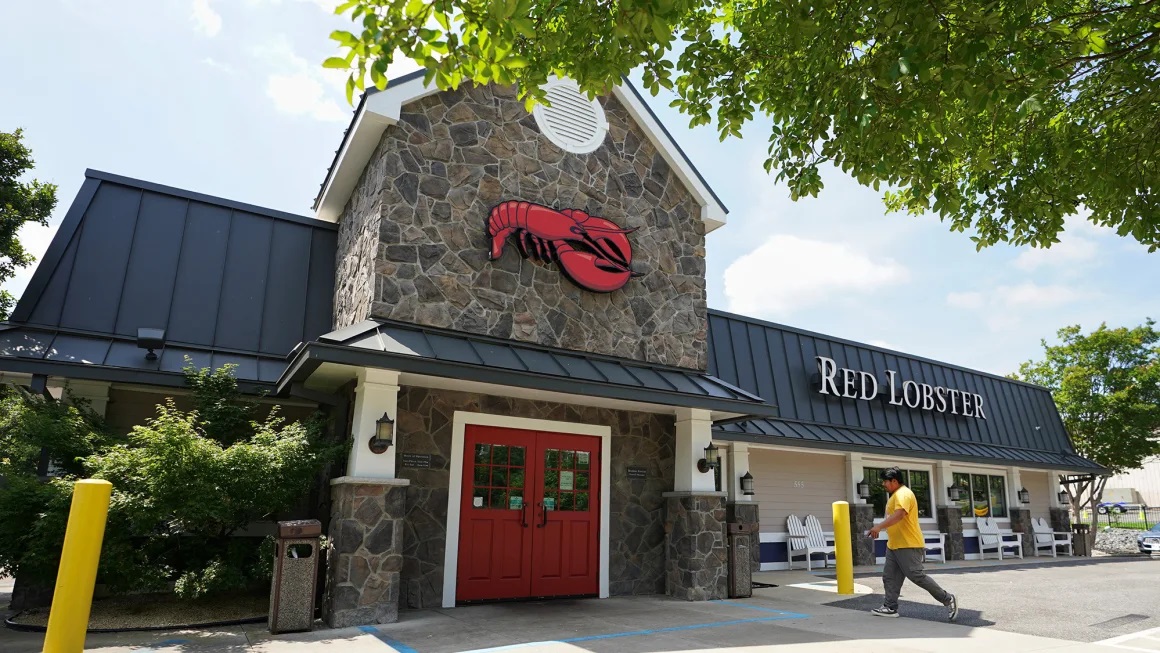Did All-You-Can-Eat Shrimp Cause the Red Lobster Bankruptcy?

Bankrupt Red Lobster may have choked on its own ample shrimp supply. The restructuring expert overseeing Red Lobster’s bankruptcy was quick to point fingers at the chain’s Thai owner for hastening its downfall. Red Lobster’s bankruptcy report included a blow-by-blow account of its path toward financial ruin. Red Lobster on Monday began its widely anticipated bankruptcy process, hoping to offload debt and raise cash to keep the business from foundering. Most likely, that means you can still get your cheddar biscuit and bottomless shrimp fix, though it closed nearly 100 restaurants last week and many more locations will shut down in the coming months. What went wrong for Red Lobster, the chain that effectively introduced the concept of affordable seafood to mainlanders? First, Red Lobster got screwed by private equity. Then, it got screwed by its own managers. Back in 2014, the Darden restaurant group spun off Red Lobster to a private equity firm. To finance the deal, that PE firm sold off most of Red Lobster’s property assets and then leased them back to the restaurants. But, as we learned in the bankruptcy filing, the vast majority of those restaurants were being charged rent at above market rates. That cash drain might have been manageable under normal circumstances. But then 2020 came. Red Lobster was hit with “financial and operational challenges” — namely, the one-two punch of the pandemic and the price inflation it set off, followed by the bone-headed strategic blunders that left the restaurant with $1 billion in debt and less than $30 million in cash on hand.
Management wasn’t doing the chain any favors, either, according to the notes in the Chapter 11 filing. Specifically, fingers were pointed at Paul Kenny and Thai Union, the Bangkok-based seafood supplier that took a majority stake in Red Lobster in 2020. Thai Union hand-picked Kenny to lead Red Lobster two years ago. Thai Union, under Kenny’s direction, elbowed out other shrimp suppliers, “leaving Thai Union with an exclusive deal that led to higher costs to Red Lobster,” according to the filing. And if you’re the exclusive provider of shrimp to America’s biggest seafood chain, what’d be better than making that limited-time all-you-can-eat shrimp deal a permanent menu item? Ultimately, it was Kenny who pushed through the decision to turn Red Lobster’s “Ultimate Endless Shrimp” promotion into a permanent $20 menu item “despite significant pushback from other members of the company’s management team,” according to the filing. The all-you-can-eat shrimp deal alone didn’t doom Red Lobster, but it sure did some damage at a time when the chain was already buckling.
The promotion had historically been a limited time thing, and it was a huge hit. Twenty bucks, for all the shrimp you can eat? Sign me up! Of course, that’s how every other crustacean-consuming American responded. Because in the US and Canada, “all you can eat” is as much a dare as it is a deal. And the lingering hangover of inflation left everyone hungry for a $20 meal that could conceivably provide a week’s worth of sustenance in a single sitting. And I am sure that many of their customers brought in a purse full of zip-lock take out bags. It cost Red Lobster $11 million in a single quarter. Kenny and Company not only underestimated how much North American customers could eat, but how long we would take to do it. Once the Endless Shrimp order was placed, folks lingered at their tables to maximize their ROI. Wait times got longer, frustrating staff and customers alike. What happened to the Red Lobster of the ’80s and ‘90s? Like so many beloved brands, it got caught in the net of private equity before being reeled in and eventually landing on your dinner plate.





